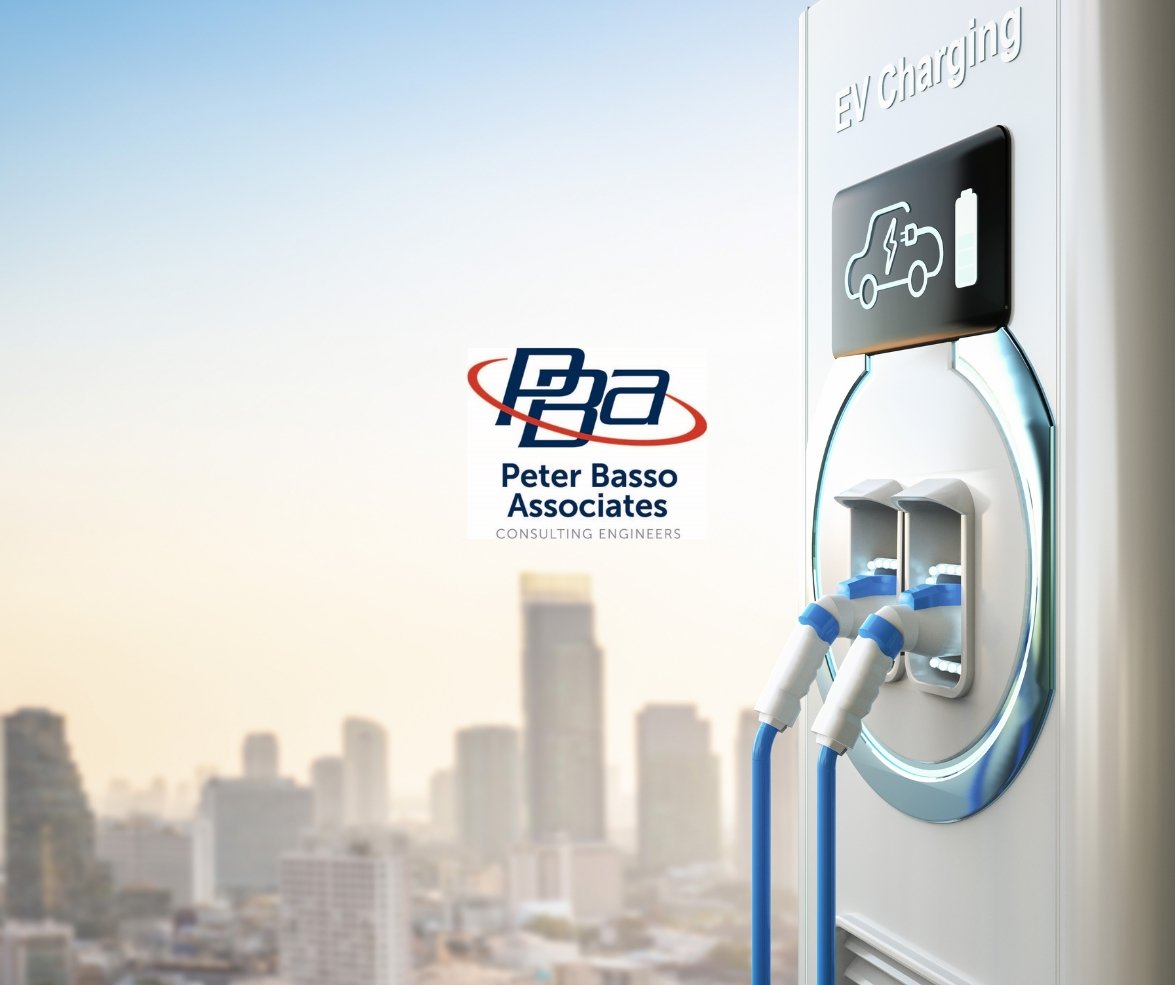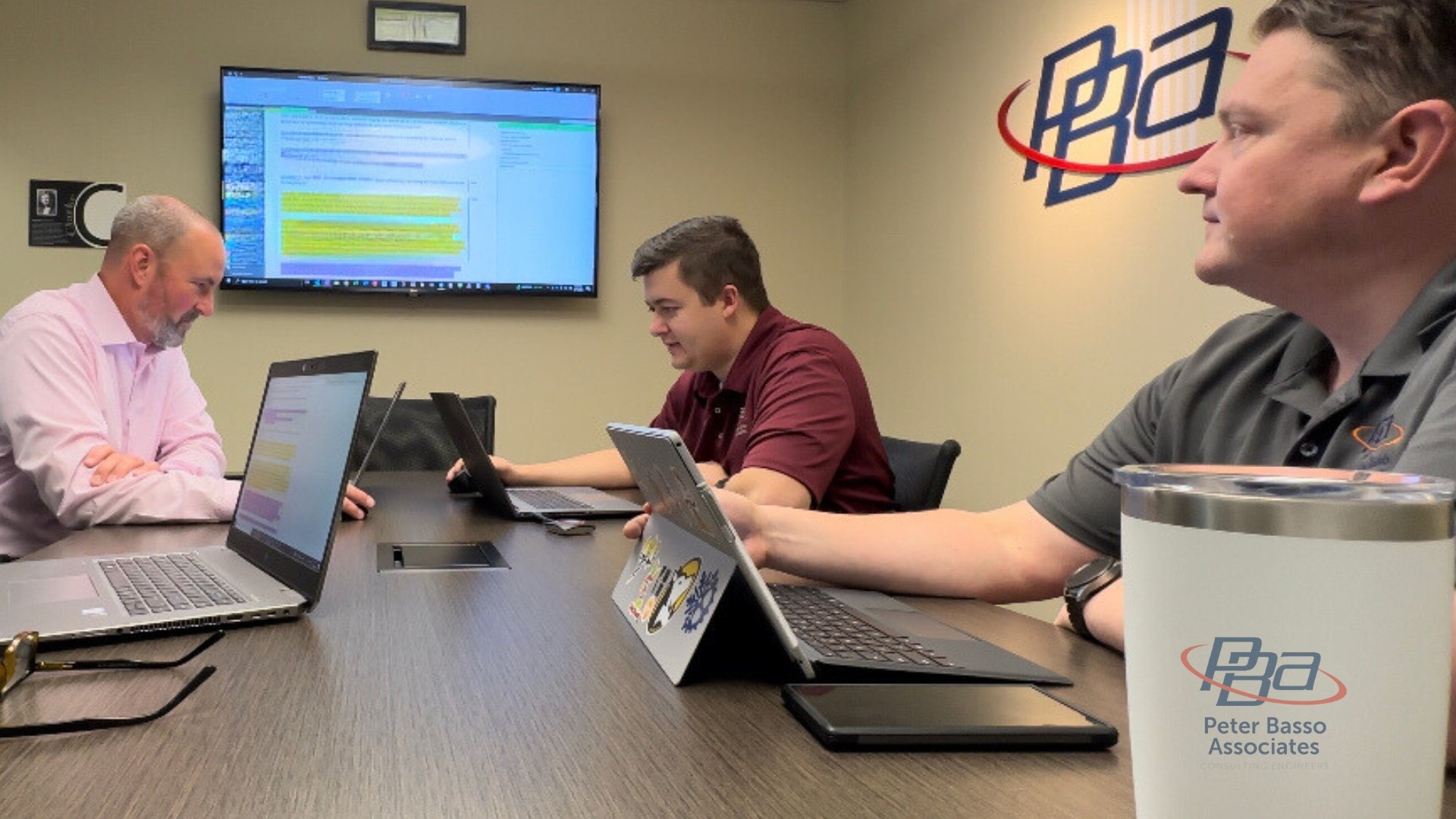
As Electric Vehicles become more commonplace, top companies, such as Amazon, FedEx, and Comcast, are opting for electrification of their fleets.
.jpg?width=808&height=455&name=Electric%20Fleet%201%20(1).jpg)
Before a fleet can transition to EV’s, an EV charging system must be installed. Initially, it may seem like a simple request, but there are a lot of considerations and factors that will influence the quantity and size of chargers installed.
This will require a baseline knowledge of the different EV Charger types. Read our previous blog posts here to get up to speed. Introduction to EV Charging Types
EV Charging systems for fleets typically consist of a mixture of destination chargers and opportunity chargers. Destination chargers are intended for replenishing EV’s over many hours between shifts/routes. These chargers are typically located in standard fleet parking lots and can either be Level 2 or DC Fast Chargers depending on the use case.
Opportunity chargers are usually DC Fast Chargers located at key locations where fleet vehicles need to be charged as fast as possible. For instance, if a school district has an EV bus fleet, DC Fast Chargers might be installed at the bus yard and at a couple schools in the school district.
To determine how many chargers are needed for a fleet, two questions need to be answered:
If all fleet vehicles use 75% of their charge during a shift and charge for 12 hours, then that fleet would most likely have a lot of destination chargers and a handful of opportunity chargers.
On the other hand, if fleet vehicles only have a couple hours to charge between shifts, then there will probably be more opportunity chargers and fewer destination chargers. The exact size and quantity of these chargers will vary based on the type of fleet and range of the vehicles. Understanding how a fleet is utilized is imperative to designing the right EV Charger system.

Pictured here (L to R): Scott Gibbs, PE | LEED AP, Brandon Reynolds, PE and Eric Graettinger, PE | LEED AP BD+C
Whichever case best matches a given fleet, it will most likely require that the electrical system be upgraded to accommodate the EV Charger System. Even if the entire fleet is not being electrified, it is important to have an understanding as to how the EV fleet will expand in the future. This will allow for the upgraded system to be better sized for your future needs.
Partner with PBA for your EV charging needs
Peter Basso Associates has experience on multiple projects with design of Level 2 and DCFC EVSE as part of new construction and renovation work. We will walk you through options that fit your needs. In addition to our experience with EVSE equipment, we are power system specialists and can help you understand the full impact of implementing a EVSE installation.
These Stories on Electric Vehicles